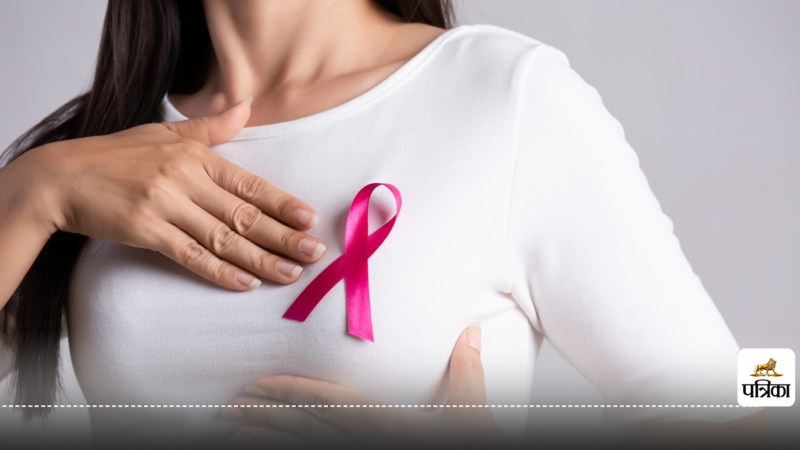
WHO breast cancer warning: According to a new report by the World Health Organization (WHO), 1 in 20 women will be affected by breast cancer in their lifetime. If the current growth rate of cancer cases continues, 3.2 million (32 lakh) new cases will emerge every year by 2050, resulting in 1.1 million (11 lakh) deaths.
This WHO report reveals that countries with a low Human Development Index (HDI) will be most affected. This study is based on data from the International Agency for Research on Cancer (IARC)'s Global Cancer Observatory, including information from "Cancer Incidence in Five Continents" and the WHO Mortality Database.
According to IARC scientist Dr. Joan Kim, “Every minute, four women develop breast cancer, and one woman dies from this disease. These figures are consistently worsening.”
Breast cancer is the most common cancer among women worldwide, and India is not immune. In 2022, 2.3 million (23 lakh) new breast cancer cases and 6.7 lakh deaths were recorded globally. However, the disease is spreading at different rates in different countries.
Highest Breast Cancer Cases: Australia, New Zealand, North America, and Northern Europe.
Lowest Breast Cancer Cases: South-Central Asia, Central Africa, and East Africa.
Highest Deaths: Melanesia, Polynesia, and West Africa.
Lowest Deaths: East Africa, Central America, and North America.
– Lump in the breast.
– Change in breast size or shape.
– Skin dimpling, redness, or scaling.
– Nipple changes or bleeding.
– Swelling or lump in the armpit (underarm).
Self-Examination – Women can detect any changes by regularly checking their breasts.
Mammography – This X-ray technique is used to check for breast tumours.
Ultrasound – This technique provides detailed information about any suspicious lumps seen in a mammogram.
MRI Scan – Used for detailed imaging.
Biopsy – In this procedure, a tissue sample is examined under a microscope.
Genetic Testing – Checks for BRCA1 and BRCA2 gene mutations to assess the future risk of cancer.
Breast cancer treatment depends on its stage. These treatment methods are commonly used:
Chemotherapy – Drugs are used to kill cancer cells.
Radiation Therapy – High-energy radiation is used to destroy cancer cells.
Immunotherapy – Strengthens the body's immune system to help fight cancer.
Surgery – Surgery is performed to remove the tumour.
Genetic Mutations – Changes in the BRCA1 and BRCA2 genes increase the risk of cancer.
Lifestyle Factors – Smoking, excessive alcohol consumption, physical inactivity, and obesity.
Hormonal Factors – Late pregnancy, not breastfeeding, and hormone replacement therapy.
This WHO report highlights the rapid increase in breast cancer and its potential severity if not detected early. Therefore, regular screening, a healthy lifestyle, and early detection can help prevent this disease.
Published on:
19 Mar 2025 11:22 am
Big News
View AllWomen Health
Health
Trending
Lifestyle
